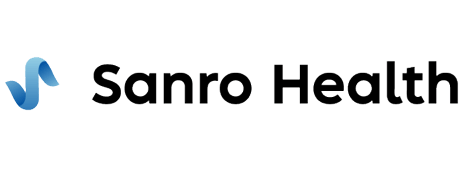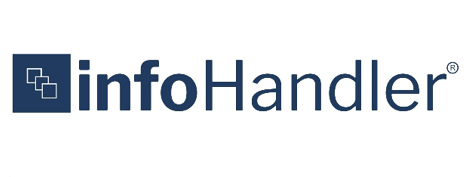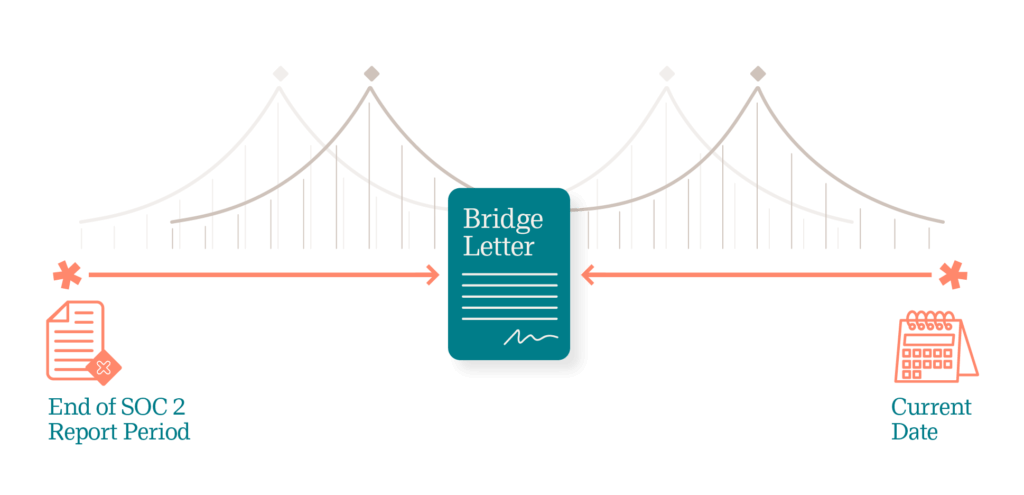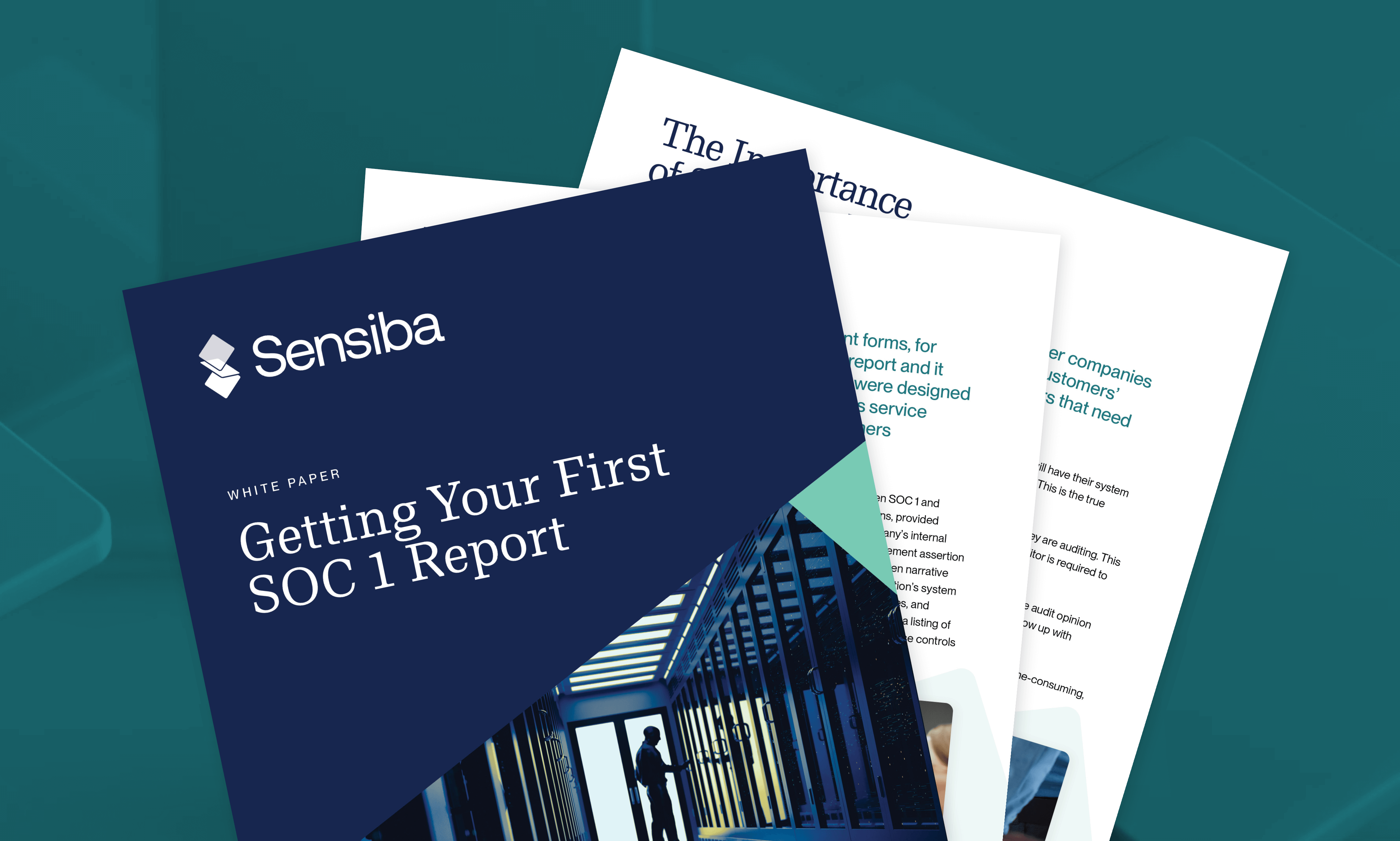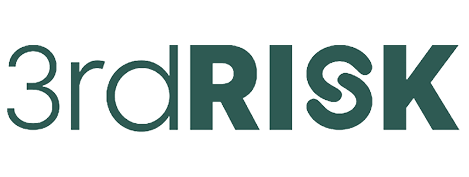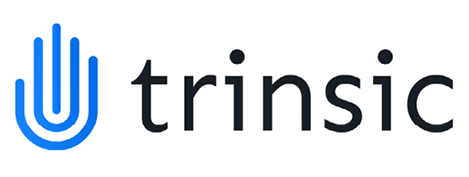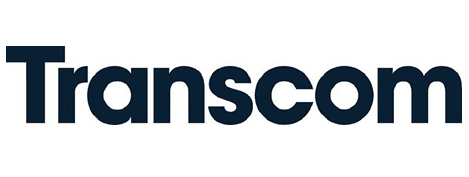How much can you expect to pay for a SOC 2 report? What are the main drivers of the cost?
Let’s start with a reality check: SOC 2 represents a significant investment. The report requires a CPA firm to sign off, it covers a broad operational perspective, and it’s based on guidance that’s several hundred pages long. The signatory to the report carries legal liability to a broad range of users.
SOC 2 Type 1 and Type 2 report fees can often start in the five figures, and it’s not uncommon to see Big-4 firms charge on the higher end of this spectrum. There are a lot of different factors that make up the cost of a SOC 2 audit, which makes it hard to say exactly what an audit would cost. We dive into the different factors below, but we wanted to start with our approach to SOC 2 and how pricing comes into that.
Sensiba’s Approach to SOC 2 Audits
We believe that SOC 2 should be attainable for any business, and our pricing reflects this. Our approach isn’t a one-size-fits-all; we tailor the offering (and price) to suit your needs and stage of business. Combining our best in technology and an experienced team, we offer startups a low barrier entry into SOC 2, and on the flip side, we work with enterprises with thousands of staff across the globe. No matter what stage of business you’re in, we’ll meet you there with a viable option for SOC 2 attestations.
In short, cost shouldn’t be a barrier to working with a good compliance partner.
Understanding the Main Drivers of SOC 2 Audit Costs
There are a few main drivers of the cost of SOC 2 audits. Without going into all the details, the scope is the biggest cost driver. A Software as a Service provider with a single app, outsourced infrastructure, small headcount and limited supporting system components will have the lowest cost. The number of people, processes, and systems are the key indicators of the scope and work involved.
As headcount grows, processes become more dispersed, larger in scale and the audit work typically requires more coordination and review meetings, etc. The number of systems increases the volume of work in many of the SOC 2 areas, but in the logical security area, which is the highest volume of the SOC 2 criteria to audit.
The service organization can, to a large degree, determine the scope of the SOC 2 audit. It may cover, for instance, a single service offering or application rather than the full company’s services. However, within that scope, all the relevant systems, data, processes, and people must be included. If some of that is outsourced, it can be excluded using the carve-out method.
Let’s look at the report in detail:
SOC 2 Trust Service Principles
There are five Trust Services Principles: Security, Availability, Confidentiality, Processing Integrity, and Privacy. Security is required for all reports, so that’s treated as the base cost. Availability and Confidentiality are the most common additional principles and tend to add about 10-20% to the base cost for each. Processing Integrity and Privacy can vary much more as many firms want to avoid reporting on these more complicated and risky areas. Those that do report on them add about 20-50% each to the base cost.
SOC 2 Support
In theory, a SOC 2 report is supposed to be prepared wholly by the service organization. The auditor then comes in to review that work and provide an opinion. It rarely works like that in practice, though, as the auditors’ experience is often needed to guide the process.
The less support needed, the lower the time and costs of audit consultants. Support includes identifying and reporting issues, providing high-level recommendations for remediation, performing multiple reviews during the lead up, and reworking the report itself from the auditor’s feedback. Consultants are expensive, so this can be a significant difference and a key driver of cost in first-time SOC 2 reports.
SOC 2 Service Auditors
Most products and services are priced near competitors in the market. This is not the case with SOC 2 audit services, as illustrated by the broad cost ranges noted above. It wouldn’t be appropriate to mention any fees on behalf of other providers, but there are general differences that influence the costs:
- Big 4 accountancy firms: Their brand is their most valuable asset. Companies pay high fees to have the Big 4 firms audit their financial statements. Considering this opportunity cost, and the risk to their brand associated with third-party reporting over technology companies, these firms invariably quote the highest fees.
- Mid-tier and boutique accountancy firms: As they are smaller than the Big 4 firms, their opportunity cost and risk of brand damage tend to be lower or less significant. Accordingly, they offer lower fees.
- Cyber security CPA firms: Specialist firms focused on SOC 2 and other technology-focused assurance, rather than financial statement audits, often feature ex-big 4 trained consultants. Their specialist focus on compliance audits generates economies of scale and a refined operating model, typically allowing for the lowest costs.
While cost is an important consideration when choosing an SOC 2 auditor, it shouldn’t be the only thing you evaluate. Other important factors include your potential audit partner’s reputation for audit quality, client service, technology enablement, ease of working together, and other important factors.
Customer reviews can also provide important insights, as can recommendations from allied service providers such as GRC platforms.
Since end customers rely on SOC 2 reports during their vendor due diligence, working with a respected, high-quality auditor is important in your SOC 2 report providing the desired marketplace assurance about your security commitment and practices.
To learn more about SOC 2 reports and choosing the best provider for your needs, contact us.







